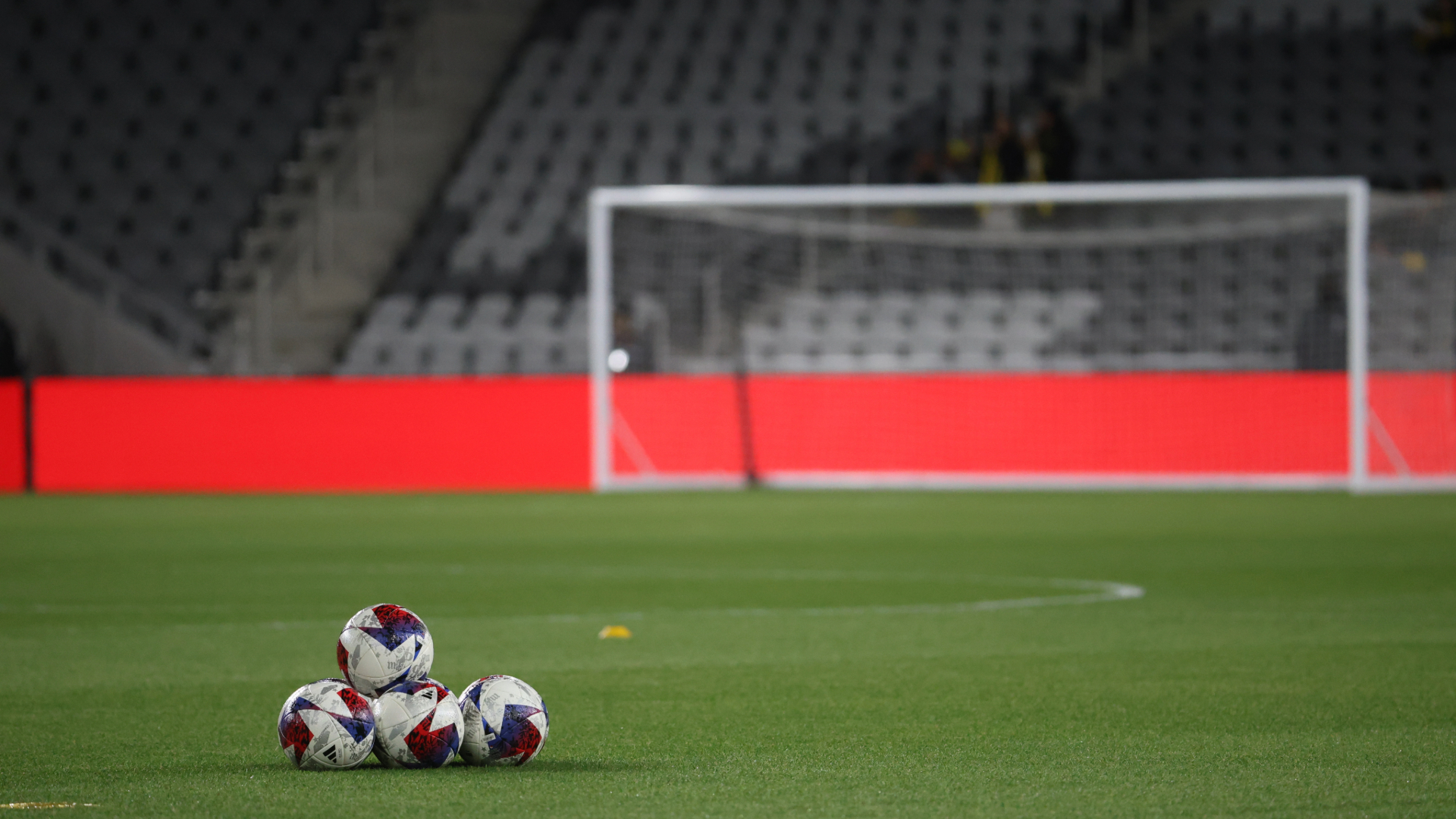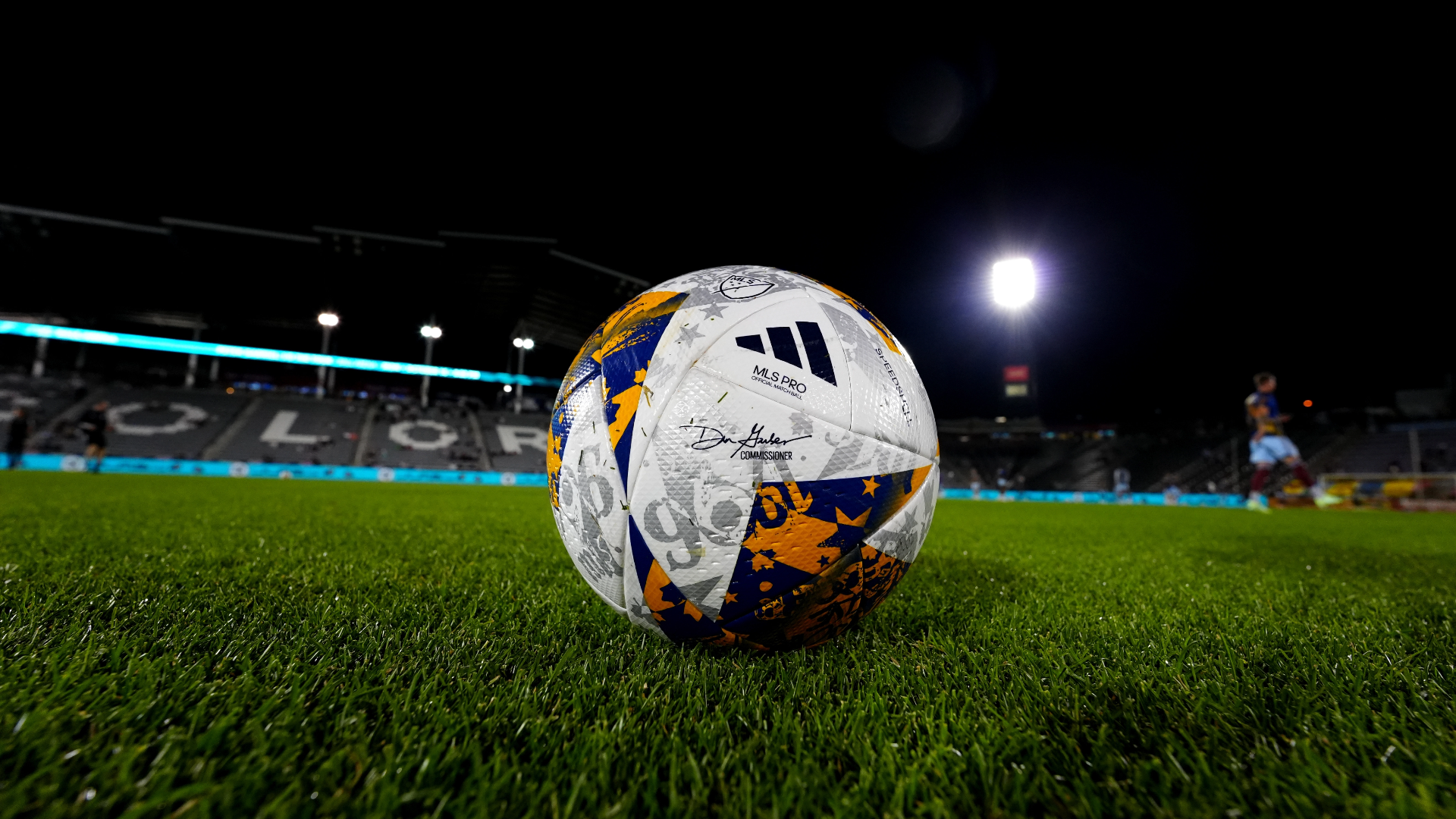Kenny Dalglish has a serious problem on his hands. How does he get a superstar and a £35 million ($54.2 million) investment to gel into a formidable partnership in the Liverpool attack?
You won’t find any answers or raw data in this piece. We’re not out to play the “blame game” either. Instead, I’ll just come out and say it: The partnership between Luis Suarez and Andy Carroll is not working.
We know this because Liverpool is misfiring. Of the top ten teams in the English Premier Leage, the Reds have scored the second fewest goals (14) this season. With nearly a third of the season in the books, the numbers don’t lie.
Why Isn’t the Suarez-Carroll Partnership Working
Carroll is not, at this moment, a real target man. But he has a unique combination of skills and attributes that make him a viable option in the attack. As we’ve known since since the 2010 World Cup, Suarez is a superstar that thrives when surrounded by players of a similar caliber.
Target men typically play as close to the opposing goal as possible. They hold up the ball, bring others into the flow of the game and physically impose themselves on opposing defenders. Teammates make darting runs nearby the target player, hoping that he would provide them with service in dangerous positions.
The young LFC forward regularly drifts into wide channels looking for a pass, rather than being the centrally-located outlet for his teammates. He also seems more comfortable facing up to defenders with the ball at his feet, rather than playing with his back to goal.
These traits have earned him England call-ups, but do not best serve his club. When in the opposition’s third of the field, he creates few scoring chances for his teammates. Too often, he is not in position to put his head on crosses from wide areas. He is the intended target of crosses no more than a couple of times each half. Coaches and supporters must expect that number to be in the five or six range. He is an effective player, but his presence does not translate into Liverpool goals.
Daglish may be able to develop him into the prototypical target player, as a former manager recommends in what I call “Plan Rafa,” but it would limit the other half of the partnership and require others to play outside of their strenghts.
Suarez is mobile, hard-working and capable of hurting the opposition from any number of spots on the field. Keeping him close to Carroll at all times would limit his ability to create — and finish — scoring chances. He would never have scored that goal against Stoke City if Dalglish mandated him to support Carroll.
Suarez is, and should remain, a focal point of the Liverpool attack. He not only creates scoring chances for himself, but provides for others as well. He doesn’t need a partner that requires him to sacrifice the strongest aspects of his game (mobility, vision and quality).
He may be better served by the presence of another multi-dimensional attacking player that strikes as much fear into the opposition as he does. Supporters would prefer this hypothetical player to be a lethal, “fox in the box,” finisher that would increase the Reds’ worryingly low conversion rate. Those players don’t come cheap. But it may be worth it in the long run as it would turn
Carroll’s performances have come under scrutiny since he arrived at Anfield. Though coaches and teammates always defend him, It’s only a matter of time before the criticism affects his confidence (if it hasn’t already).
It may be time to drop the £35 million project to the bench and use him only in particular situations where he can impact the game. His situational and positional awareness would improve with time because he will know exactly how he should play within the team’s overall strategy at the given moment.
He would come to see himself as a complement to Suarez, rather than the other way around.



